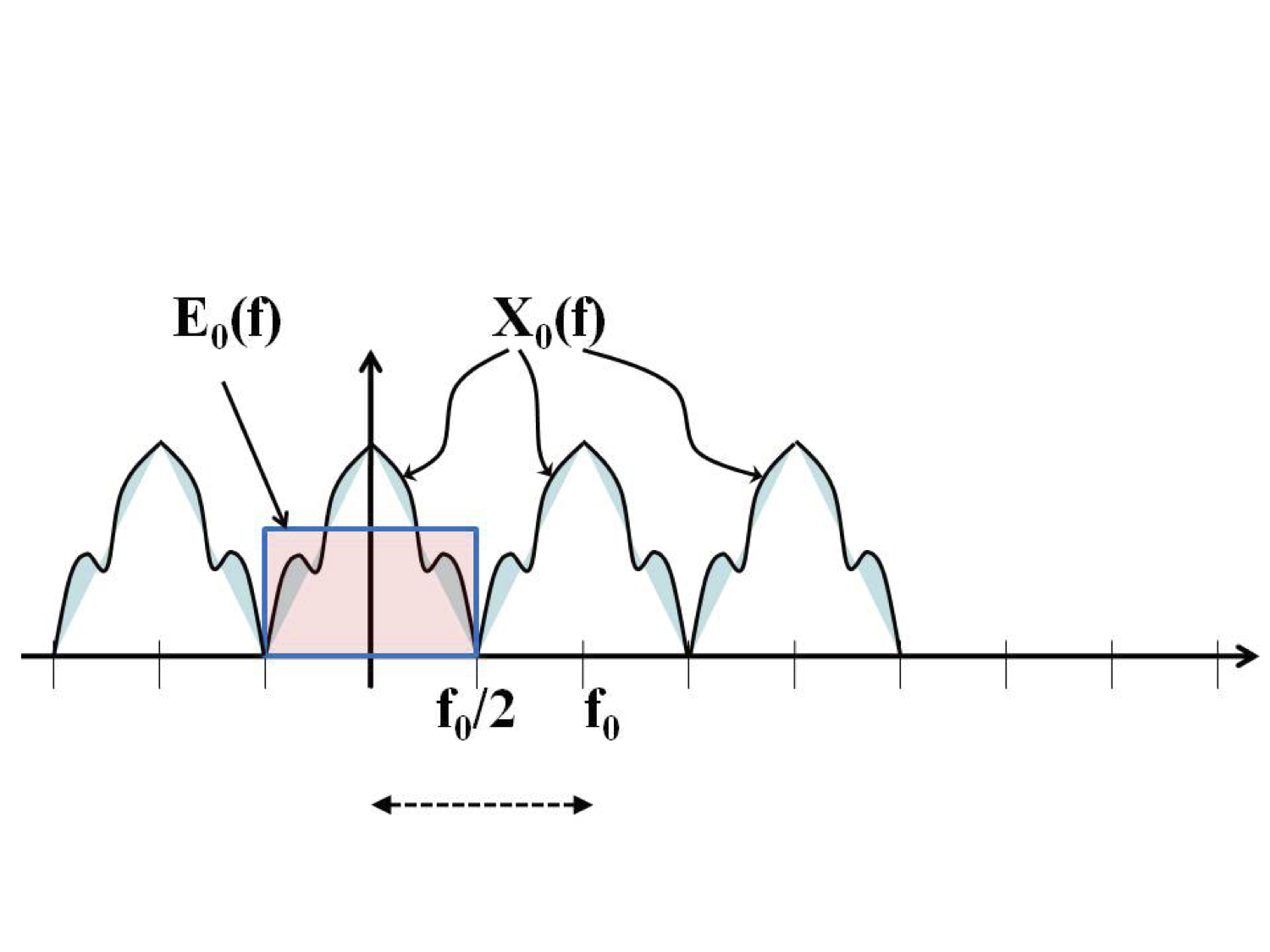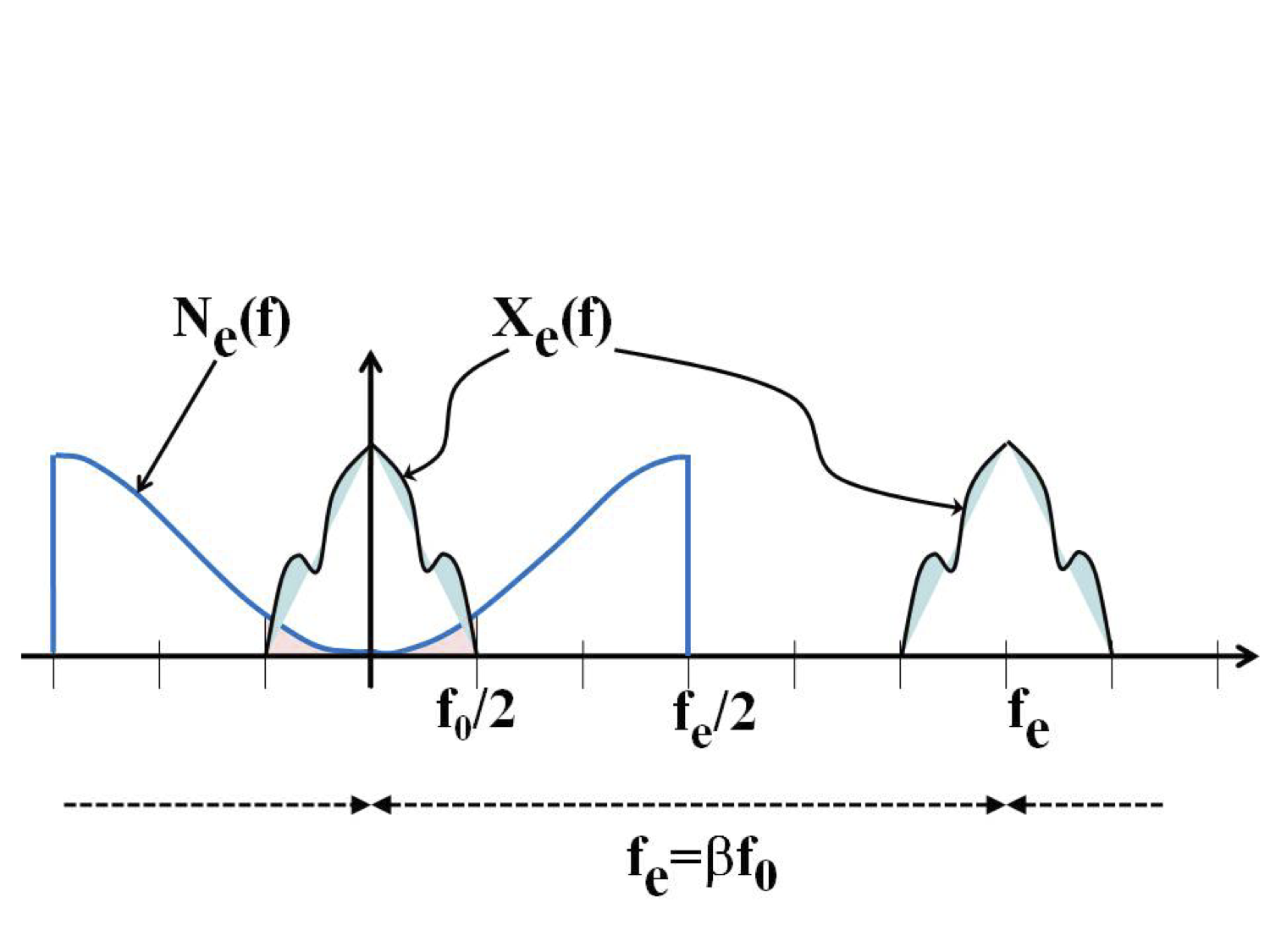| << Chapter < Page | Chapter >> Page > |
Noise shaping is a procedure which allows to put some color on an additive white noise. While this adds to the overall noise,one can shape the resulting noise such that its prevalent “color” lies in the high frequencies and at the same time reduce thepresence of noise in the low frequencies.



In the context of oversampling, noise shaping achieves an improvement if it is done so that it reduces noise in the band and pushes it to the “colors” with frequencies in and .
The most simple version of noise shaping results in two noise terms, the one produced by the system, one added with a delay on purpose.Set , then:
This assumes that we know or can know the error. Such is the case with quantization, where we can compute simply as the difference between output and input of the quantization (see [link] ). This is not feasible in the example of a wireless channel with inference.
To study the effect of noise shaping we compute the Fourier transform of the overall error . We find
or
with Fourier transform (use that )
and power spectrum, (use that )
Note that the spectrum is no longer flat; in other words, the noise is colored. We note that the colored spectrum is small for small , and it is still spread over a period of length . Thus, noise shaping results in a reduction of noise inthe small frequencies (see [link] ).
Now we continue as with simple oversampling: since the signal has been sampled at , with and we may low-pass filter after noise shaping at cutoff frequency . Thus, we take advantage of the fact that most of the power of the“shaped” or “colored” noise is in the `high'-frequency bands and with very little noise at frequencies around 0.
To assess the gain we compute the power of the noise after this low-pass filter. Note that the low-pass filter sets for : this removes much of the noise as demonstrated in the following computation; it also guarantees that power won't be changedwhen downsampling after filtering to . Using again that we get:
Using the approximation we find
Noise reduction under oversampling with noise-shaping
In conclusion, the SNR improves (as compared to no oversampling) under noise shaping by the inverse of the factor [link] , thus roughly by . In decibel, this corresponds to approximatively , thus, roughly 3 times more than with oversampling alone.
Numerical Examples:
With an OSR of the SNR improves
When doubling the OSR the SNR improves

Notification Switch
Would you like to follow the 'Sampling rate conversion' conversation and receive update notifications?